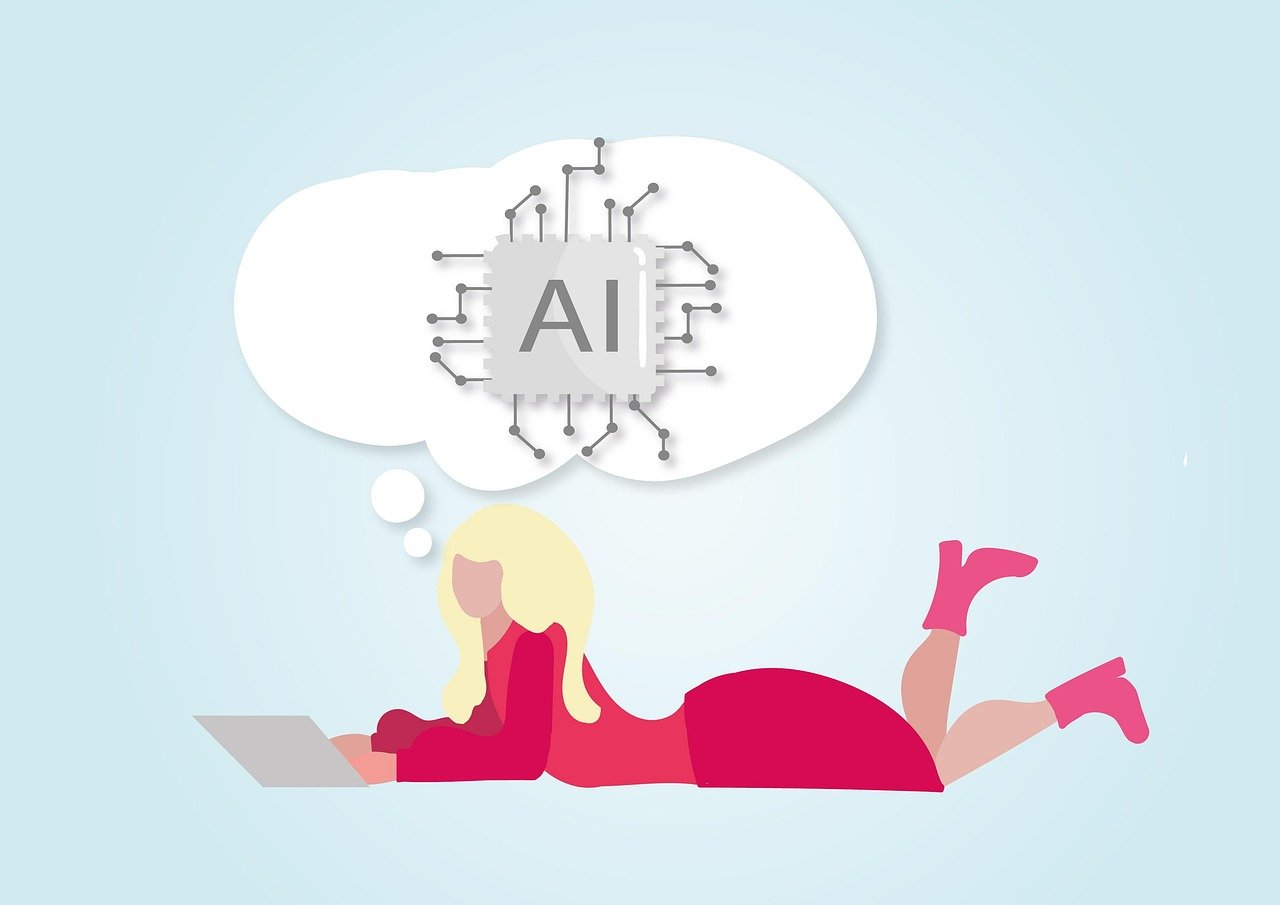The landscape of education is undergoing a seismic shift, driven by the rapid advancements in artificial intelligence (AI). From personalized learning experiences to automated administrative tasks, AI is poised to revolutionize how we teach, learn, and manage educational institutions. This transformative technology offers unprecedented opportunities to enhance student outcomes, empower educators, and create a more efficient and equitable education system. Let’s delve into the multifaceted role of AI in education and explore its potential to shape the future of learning.
The Rise of Personalized Learning with AI
AI-Powered Adaptive Learning Platforms
Adaptive learning platforms are at the forefront of personalized education, leveraging AI algorithms to tailor the learning experience to each student’s individual needs and pace. These platforms assess a student’s strengths and weaknesses in real-time, adjusting the difficulty level and content accordingly.
- Example: Imagine a math student using an AI-powered platform. If the student struggles with fractions, the platform will provide additional practice problems and tutorials on fractions before moving on to more advanced topics. Conversely, if the student excels at algebra, the platform will accelerate the pace and introduce more challenging problems.
- Benefits:
Improved student engagement and motivation
Increased learning efficiency
Targeted support for struggling learners
Personalized feedback and guidance
AI-Driven Tutoring Systems
AI-driven tutoring systems provide personalized instruction and support to students, often mimicking the interaction of a human tutor. These systems can answer questions, provide explanations, and offer customized feedback on student work.
- Example: Consider an AI tutor designed to help students learn a new language. The tutor can provide pronunciation practice, grammar lessons, and vocabulary exercises, all tailored to the student’s individual learning style and progress.
- Key Features:
Natural language processing (NLP) for realistic conversation
Personalized feedback and guidance
24/7 availability
Data-driven insights for educators to track student progress
AI for Educators: Enhancing Teaching and Efficiency
Automating Administrative Tasks
AI can significantly reduce the administrative burden on educators, freeing up their time to focus on teaching and student support. AI-powered tools can automate tasks such as grading assignments, generating reports, and scheduling meetings.
- Example: An AI grading system can automatically grade multiple-choice tests, short-answer questions, and even essays, providing detailed feedback to students and saving teachers valuable time.
- Impact:
Reduced workload for educators
Increased efficiency and productivity
Faster feedback for students
Improved accuracy and consistency
Developing Intelligent Content and Resources
AI can assist educators in creating engaging and effective learning materials. AI-powered tools can generate lesson plans, create interactive simulations, and curate relevant educational resources.
- Example: Teachers can use AI to generate quizzes and assessments tailored to specific learning objectives. AI can also analyze the curriculum and suggest relevant online resources, videos, and articles to enhance student learning.
- Benefits:
Access to a wider range of educational resources
Personalized lesson plans and activities
Improved content quality and relevance
Streamlined curriculum development
Improving Accessibility and Inclusivity
AI-Powered Translation and Accessibility Tools
AI can play a crucial role in making education more accessible to students with diverse learning needs. AI-powered translation tools can provide real-time translation of lectures and materials, while assistive technologies can help students with disabilities access and engage with educational content.
- Example: Students who are non-native English speakers can use AI-powered translation tools to understand lectures and participate in class discussions. Students with visual impairments can use text-to-speech software to access written materials.
- Features:
Real-time translation of lectures and materials
Text-to-speech and speech-to-text functionality
Personalized learning accommodations
Improved access to educational resources for students with disabilities
Addressing Learning Gaps with AI
AI can help identify and address learning gaps, ensuring that all students have the opportunity to succeed. By analyzing student performance data, AI can pinpoint areas where students are struggling and provide targeted interventions.
- Example: An AI system can analyze a student’s performance on a standardized test and identify specific areas where the student needs additional support. The system can then recommend personalized learning activities and resources to help the student address these gaps.
- Impact:
Early identification of learning difficulties
Personalized interventions and support
Improved student outcomes
Reduced achievement gaps
Challenges and Ethical Considerations
Data Privacy and Security
The use of AI in education raises important questions about data privacy and security. Educational institutions must ensure that student data is protected and used responsibly.
- Considerations:
Implementing strong data security measures
Obtaining consent from students and parents
Adhering to data privacy regulations
Ensuring transparency about how data is used
Bias and Fairness
AI algorithms can perpetuate and amplify existing biases if they are trained on biased data. It is crucial to ensure that AI systems used in education are fair and equitable for all students.
- Solutions:
Using diverse and representative training data
Auditing AI systems for bias
Developing AI systems that are transparent and explainable
Promoting ethical AI development and deployment
The Role of Teachers in an AI-Driven World
The integration of AI in education does not diminish the importance of teachers. Instead, it transforms their role, allowing them to focus on more complex tasks such as mentoring, facilitating discussions, and fostering critical thinking skills. Teachers will need to be trained on how to effectively use and integrate AI tools into their teaching practice.
- Focus areas for teachers:
Critical thinking and problem-solving
Creativity and innovation
Collaboration and communication
Emotional intelligence and empathy
Conclusion
AI holds immense potential to transform education, creating more personalized, accessible, and effective learning experiences for all. By embracing AI responsibly and ethically, we can empower educators, improve student outcomes, and prepare students for the challenges and opportunities of the future. While challenges related to data privacy, bias, and the evolving role of teachers must be addressed, the benefits of AI in education are undeniable. The future of learning is undoubtedly intertwined with the intelligent capabilities of artificial intelligence.



